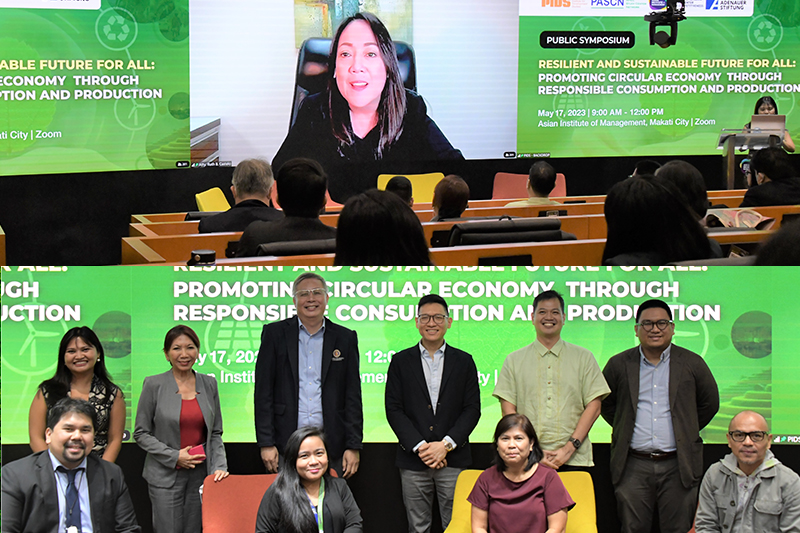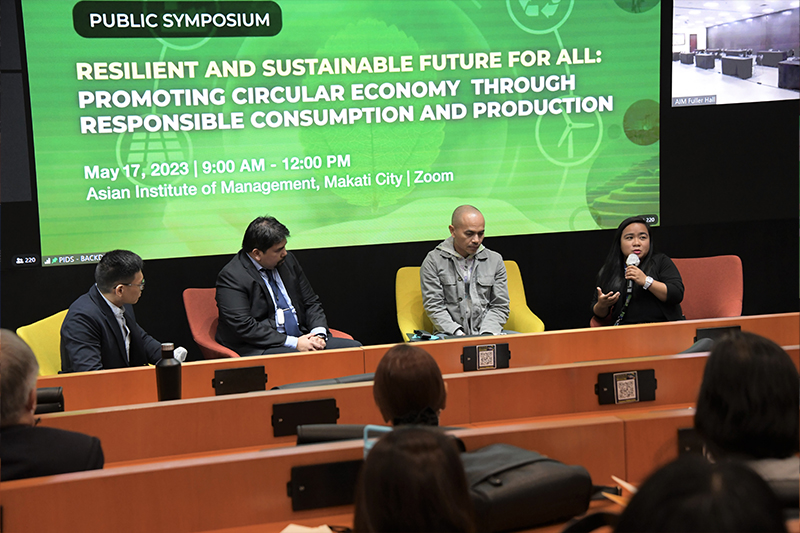THE Philippines must transition to an industrial economy to improve its exports, the Philippine Institute for Development Studies (PIDS) said in a statement Saturday.
Export performance has barely improved between 1995 and 2014, PIDS said, citing a study published in November 2018.
At a seminar, PIDS senior research fellow Connie Bayudan-Dacuycuy said that the Philippines must undertake a structural transformation modeled on the one pursued by developed countries.
“The problem with the Philippine case is that we seem to have skipped a step. We moved from agriculture to services without even industrializing,” she said.
She said that although the country’s agriculture employment share was still high at 26% in 2016, its contribution to the country’s gross domestic product is declining due to the “issue of productivity.”
The study found that the Philippines must significantly transform its export production process.
The paper found that from 1995 to 2014, the average sophistication of the country’s exports has barely improved.
The Asian Development Bank defines sophistication as the detailed technical characteristics that define product differentiation, product fragmentation, and resource availability.
From 2005 to 2014, a large portion of the country’s export portfolio, the statement said, belonged to integrated circuits, whose sophistication content “is very low compared to the average in the world market.”
In 2014, the Philippines exported relatively sophisticated products such as static converters, semiconductor devices, and telegraph equipment, which only took up a small portion of the export portfolio.
The export basket, the study said, has a similar sophistication level to Indonesia and Vietnam, but less sophisticated than those of Thailand, Singapore, and Malaysia.
The study found that the agriculture sector can move to producing more sophisticated goods such as woven twill and prime cuts of pork and poultry.
“The idea here is that if we’re able to improve our production structure now, then there is a possibility for new products to come along that can lead us to these products with high sophistication content,” Ms. Bayudan-Dacuycuy said.
She said that although there are production issues plaguing the agriculture sector, “there is a possibility for us to build on the production structures of cereals, fruit mixtures, glycerol, and oils in order for us to produce agro-processed goods.”
She recommended that government guide the shift towards industrialization, including strengthening industrial policy, as well as promoting competition, innovation, and science and technology research.
The study recommended that the government upgrade production capabilities by attracting investment from industrialized Asian neighbors, strengthening the link between industry and the academic community, encouraging manufacturing process innovation, and ensuring the financial sector is linked with various stages of production.











